Table of contents
Learn about the main protective plants for Feng Shui!
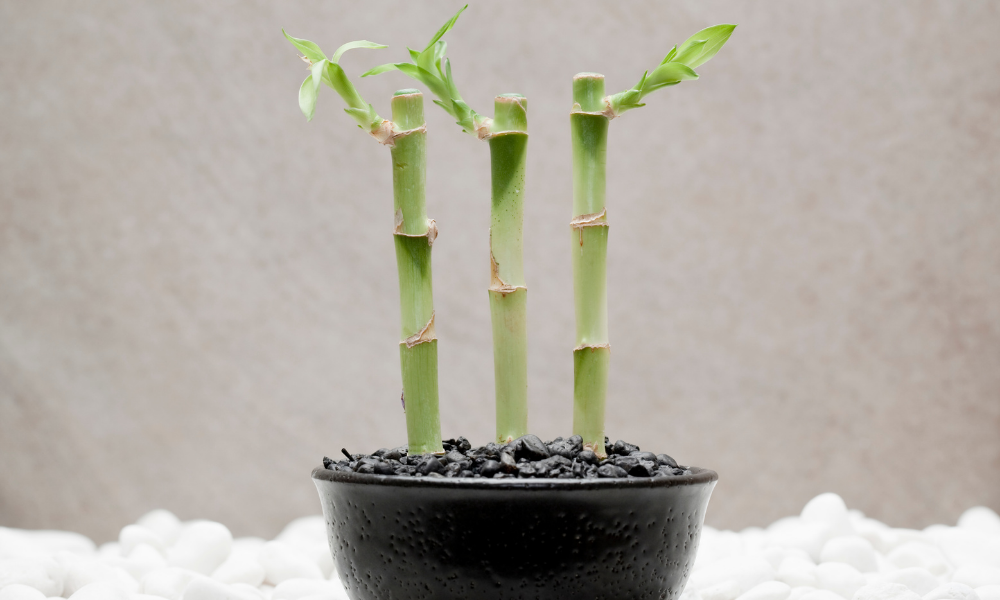
Feng Shui is a very old Chinese technique that consists in harmonizing environments, aiming to balance the flow of energy, promoting well-being and prosperity in all areas of life. For the practice, the connection with nature is fundamental, for in it we find all the essential elements to treat physical, emotional, and spiritual health.
Therefore, plants are mandatory items to renew and raise our vibrations, activating our vital energy to go in search of goals and tread a journey with happiness, joy, and union with family and everything that is present in the universe.
Next, learn about the main plants considered protective by Feng Shui and understand more about how to apply the technique to attract and improve your life in every way. Follow along.
Understanding more about Feng Shui
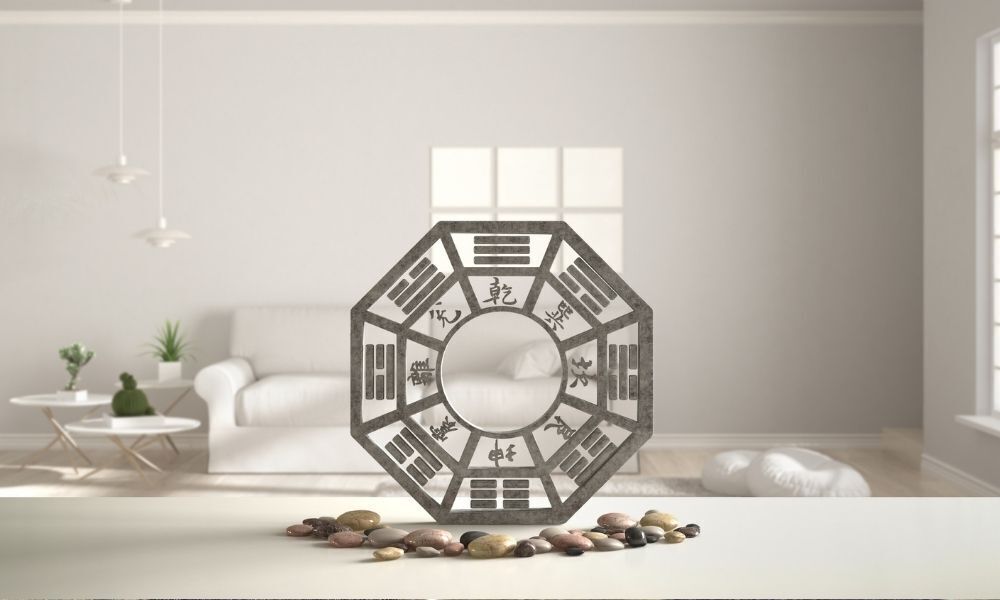
Feng Shui is a set of practices that aims to balance the energies of environments and bring several benefits, both for the place where the technique is applied and for those who live or work in the space. However, it is necessary to understand what Feng Shui means and how its harmonization works.
Next, understand more about this philosophy and learn about other amulets that are also beneficial, according to Feng Shui.
What is Feng Shui?
Feng Shui is a Chinese practice applied since ancient times that aims to balance the energies of buildings and environments, bringing harmony and fluidity. One of the principles of this technique that mixes wisdom, art, and science is the connection with nature.
Therefore, living plants, stones and crystals, air circulation, and natural light are the main components used to activate good energies and prosperity in all the dependencies of a house or a company, for example.
In literal translation, Feng Shui means wind-water, that is, these are elements of nature that are fundamental to our existence and, if well balanced, make the environment healthy and vibrating in the ideal tune. Therefore, this practice enables the interaction with the natural forces even in places with little or no green area.
How does Feng Shui harmonization work?
The Feng Shui harmonization is done through the Baguá, a map in hexagonal format, where each guá represents an area of life: success, relationships, creativity, friends, work, spirituality, family, prosperity, and health.
In this way, the Baguá can be applied to the plant, whether in a house, office, or wherever you want to apply the technique, in order to activate the energies according to each guá, or corner. Therefore, the protective plants are used to attract different purposes and goals.
Relationship between plants and Feng Shui
The living plants, according to the Feng Shui technique, are fundamental to balance the environment, because wood is present in them. This element renews the vital energy of the spaces, besides stimulating empathy, flexibility, and kindness. The green color present in most plants represents rejuvenation.
In addition, all plants can help practice and bring energetic balance to the indoor and outdoor areas. However, there are some species that need to be grown together with others to harmonize polarities and raise good energies.
Benefits of plants for Feng Shui
The benefits of plants for Feng Shui are many, check some of them out:
- It attracts good energy to the environment;
- It stimulates good feelings;
- It brings emotional healing to both the residents and the place;
- It reduces stress and insomnia;
- It drives away dense, negative energies;
- It strengthens relationships;
- It renews vital energy, bringing willingness and determination to work.
Other Amulets for Feng Shui
In addition to plants there are other amulets that together help to compose the decoration and, of course, amplify the vibrations of the environment, see some of them:
- Stones and crystals: natural stones have properties that can neutralize bad energies and attract financial prosperity, love, family unity, good health, and protection. To achieve these objectives, Feng Shui considers seven stones: crystal, onyx, rose quartz, amethyst, agate, green quartz, and citrine;
- Convex mirror: Mirrors can attract prosperity and repel feelings of envy and evil eye from the environment, so it is recommended to use them at the entrance door to block negative energies;
- Wind chime: this object is used to bring energetic balance to the environment, as well as stimulating tranquility and relaxation for the residents;
- The Buddha of wealth: the Smiling Buddha is one of the most popular Buddha images, as it is believed that it can attract prosperity, happiness, and love. According to Feng Shui, the item should be placed facing the entrance door and around it add coins of equal value.
Best Protective Plants for Feng Shui
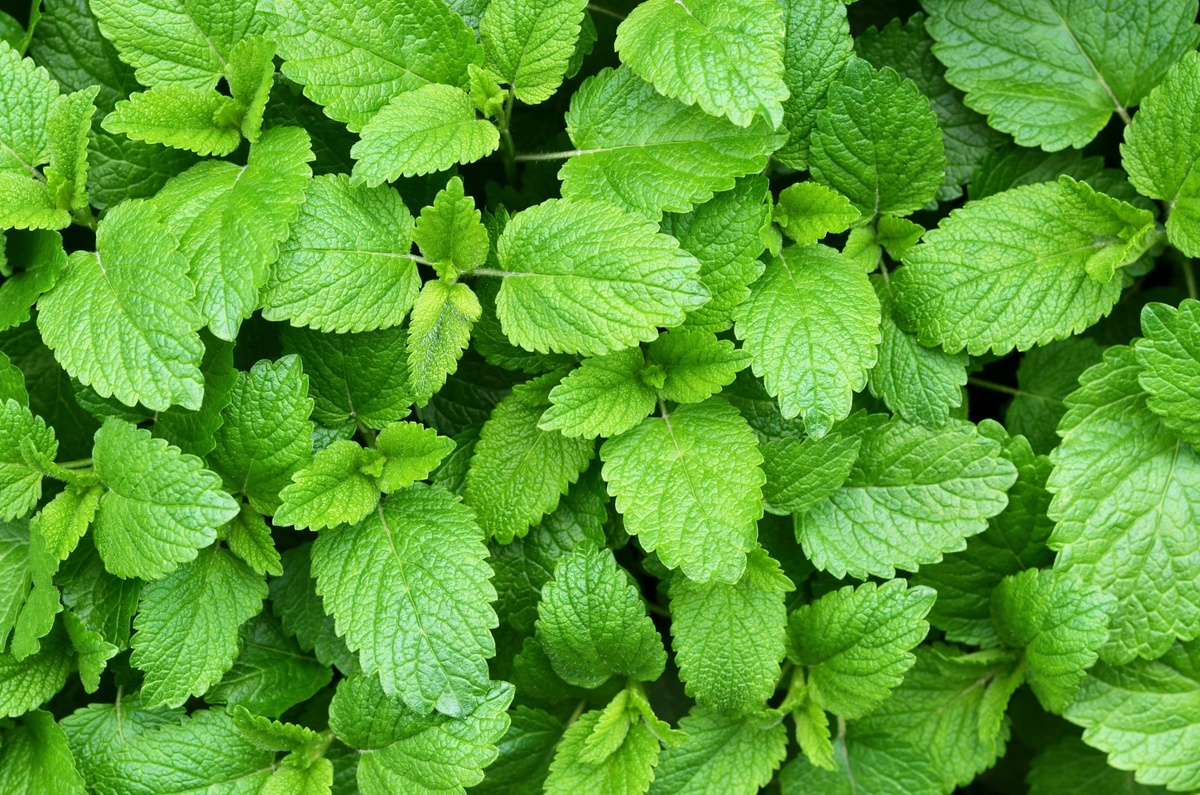
For Feng Shui all plants are welcome, but there are some species that have the ideal characteristics to be cultivated in any environment and are considered magical. They are able to drain bad vibrations, bringing sensations of well-being and tranquility, besides energetically activating all areas of life.
Below, check out the selection of the best protective plants for Feng Shui: peace lily, zamioculca, fern and more!
Lucky Bamboo
The lucky bamboo is a traditional Chinese plant that means to bring good energy, health, prosperity, and wealth. However, the number of stems will be determinant to reach a different goal. The arrangement can be made with up to 21 stems, tied with a red satin ribbon that symbolizes fire in Feng Shui.
Cultivated in pots, this plant adapts well to indoor environments, requiring little watering, only when the soil is dry and the luminosity must be medium. If the plant is cultivated in water, it is necessary to change the water at least every three days to avoid fungus and mold.
Zamioculca
One of the most beloved plants for Feng Shui practice, the zamioculca brings energetic protection, good luck, and success in all areas of life. This plant is very resistant and can be grown indoors. It is very common to see it in commercial establishments, offices, or in places with little light and ventilation.
Peace Lily
According to the practice of Feng Shui, the peace lily is an essential plant to have at home or at work, because besides purifying the air, it absorbs the negative charge present in people and in the environment. Thus, it keeps the place fresh, bringing peace, harmony, and promoting family unity or where it is present.
St. George's Sword
In Feng Shui, it is a very powerful plant against dense energies, which cause uneasiness inside the house. Besides its healing properties, it filters toxins present in the air.
However, because it alludes to a sword, this plant should not be left indoors or in corners, because, according to the technique, the St. George sword can attract arguments, leading to broken relationships. Place the plant at the entrance of the home or outside.
As it is a resistant plant, its cultivation is easy and requires simple care. Watering can be done every 10 days, except when the soil is dry, but it is not necessary to water with a lot of water and it adapts very well to enclosed places or with little light.
Comigo-nuém-pode
Another plant that cannot be missing, according to Feng Shui, is the meadow grass, for it captures the bad energies directed to the environment, besides protecting against envy and ill-intentioned people. Despite harmonizing and bringing peace, it should not be placed inside the house, for it can generate an energetic excess, generating family conflicts.
In addition, its cultivation must be done with caution, because the meadow grass is considered a natural repellent and, therefore, it is a toxic plant and should be kept out of the reach of pets, weakened people, and children. To ensure the protection of the home, the ideal is to leave it at the entrance door or outside, where the sun and wind are not blowing.
Mint
Mint is known for its health-giving properties and is usually consumed in teas, juices, and sweet and savory recipes. However, in Feng Shui, this plant has a high energetic value capable of bringing mental clarity, assisting in making good decisions. In addition, it attracts positive energies and financial abundance.
Planting mint is simple and does not require much care. Watering should be daily, but with little water, it can be grown indoors, as long as it receives sunlight in the morning and is not exposed to hot places, because the leaves can burn.
Happiness Tree
For the Orientals, the Happiness Tree, as the name implies, attracts good vibrations, making the environment happy and healthy. However, there are two species of this plant (the male and the female), which must be grown together, to balance the Yin and Yang polarities.
In addition, for its effect to be noticed, it is recommended that the Happiness Tree be given as a gift by a special person. With the right cultivation, this plant tends to attract a sense of well-being and favor relationships, especially in love.
Areca-bamboo
The areca-bamboo, also known as the garden palm, is a plant that brings harmony and positive energies, whether at home or at work. In addition, it neutralizes and absorbs any toxic element that may be hovering in the air. The environment is left with a feeling of cleanliness and freshness, in addition to raising vibrations and strengthening affective bonds.
It can be grown both indoors and outdoors, but it is important that this plant has access to sunlight or half shade. Watering should only be done when the soil is dry, because too much water tends to rot its roots.
Fern
For Feng Shui, the fern absorbs impurities from the environment, leaving it purified, besides, of course, draining negative energies that overload the place. However, because its leaves grow downwards, it is recommended that it be cultivated together with another plant that grows upwards, to balance the energies.
This happens because, according to philosophy, foliage that grows downwards tends to attract discouragement, laziness, sleeping difficulties, health problems, and addictions. The fern adapts very well to apartments and indoors, but it must be exposed to light and watered only when the substrate is dry.
Avenca
The avenca is a plant that cannot be missing when applying the Feng Shui technique, either at home or at the workplace. This plant works as a magnet, able to neutralize the envy and the evil eye, for if the environment is loaded with bad feelings and dense energies, it tends to wither away quickly.
Its planting is simple and does not require much care, but it should not be exposed to the sun and windy places. Watering is done with little water, but regularly. The avenca is very versatile and can be grown both in the garden and indoors, and can be spread all over the environment to bring more protection.
Cash-in-penny
The money-in-pence plant gets its name because its leaves resemble small coins. For Feng Shui, it is synonymous with wealth, good luck, and prosperity, due to its rapid multiplication. In addition, it absorbs pollutants present in the air and elevates the good vibrations of the environment.
The Pennyroyal grows easily and can be cultivated anywhere. However, this plant cannot stand too much heat nor too much cold, i.e., it must stay in a cool, shady place and avoid air-conditioned environments. Also, watering should be moderate or only when the soil is dry.
Plant-Jade
The Jade plant, also popularly known as friendship-tree and money-plant, is undoubtedly one of the most loved plants used in the Feng Shui technique. It is believed to attract fortune, good luck in all areas of life, and true and lasting friendships.
The cultivation of this plant is simple and is well suited to outdoor and indoor areas. Watering should be done once a week or, in cold climates, once a month. The Jade plant should always be exposed to sunlight, but sparingly to avoid drying out.
Tips for choosing and caring for a protective plant
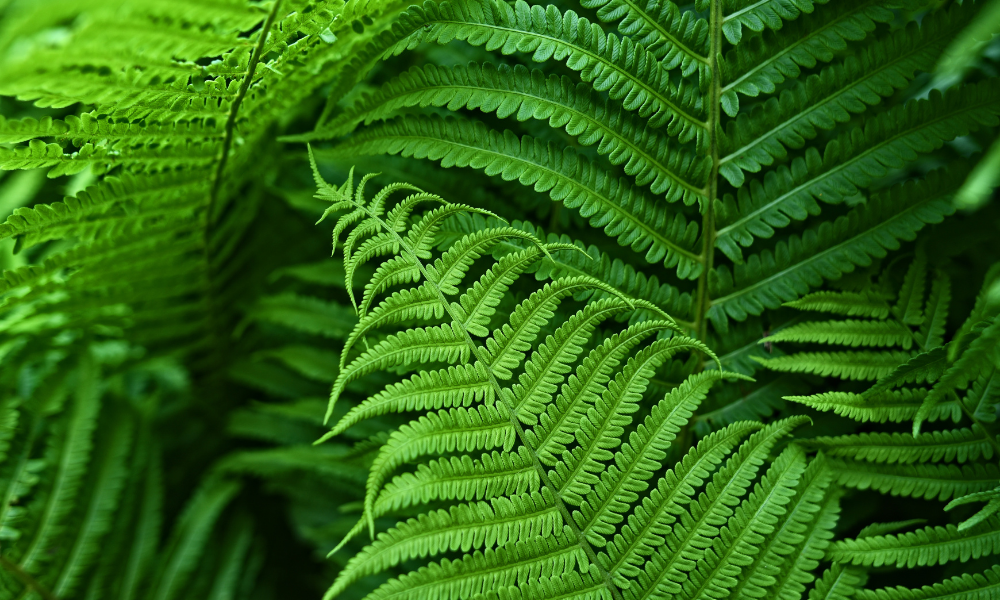
The plants that the practice of Feng Shui uses, in general, are resistant and easy to grow. However, it is necessary to take some care, such as, for example, in the choice and in the ideal place for them to activate the energies and the goals according to each room. To maintain the fluidity and well-being of the environment, check out some important tips to maintain the vitality and beauty of the plants.
Avoid artificial plants
Artificial plants can be a good option for those who don't have the ability or time to take care of natural plants. The Feng Shui technique does not condemn their use, but the ideal is to avoid it. However, to balance and bring fluidity to the environment, artificial plants can be used with an amethyst stone or a crystal inside the vase.
Maintain regular care of the plant
The most commonly used natural plants for Feng Shui, for the most part, do not require special care. However, it is very important to pay attention to watering and whether it is done in the right way, because too much or too little watering can compromise their health and durability.
In addition, it is necessary to pay attention to the period of exposure to the sun and direct light. High temperatures can burn and dehydrate the plants. The ideal is to keep them in a mild climate and in the half shade.
Choose the ideal location
Each plant has an energy and has the objective of activating different areas of life. Therefore, the choice of location must be well thought out to heal and attract good energies, whether in the rooms of the house or the company. However, the ideal is to have a plant at the entrance door and, preferably, that can be seen by everyone there.
The kitchen is the area of prosperity and abundance, so to balance the water element, you should have a plant between the stove and the sink, or the refrigerator and the stove. In addition, the table represents family unity, and plants that strengthen emotional ties should be placed on it.
In Feng Shui, the bathroom is a room that demands attention, because there is an accumulation of negative energy and to drain it it is necessary to add a plant that is well suited to the environment.
Maintain dead leaves and branches
It is extremely important to maintain the plants, because dead leaves and branches stagnate the life of the people present in the place, besides attracting bad feelings and the energetic unbalance of the environment. Therefore, the plants must always be well taken care of, and be regularly watered and pruned.
Preserve the vitality and beauty of the plant
Preserving the vitality and beauty of the plant will ensure that the flow of abundance and good energy will remain in the place where it is. And this means taking simple but frequent care. That is, removing and pruning dead leaves and branches, watering, and exposing to the sun according to each species.
Choosing the right plants can bring protection to your home!
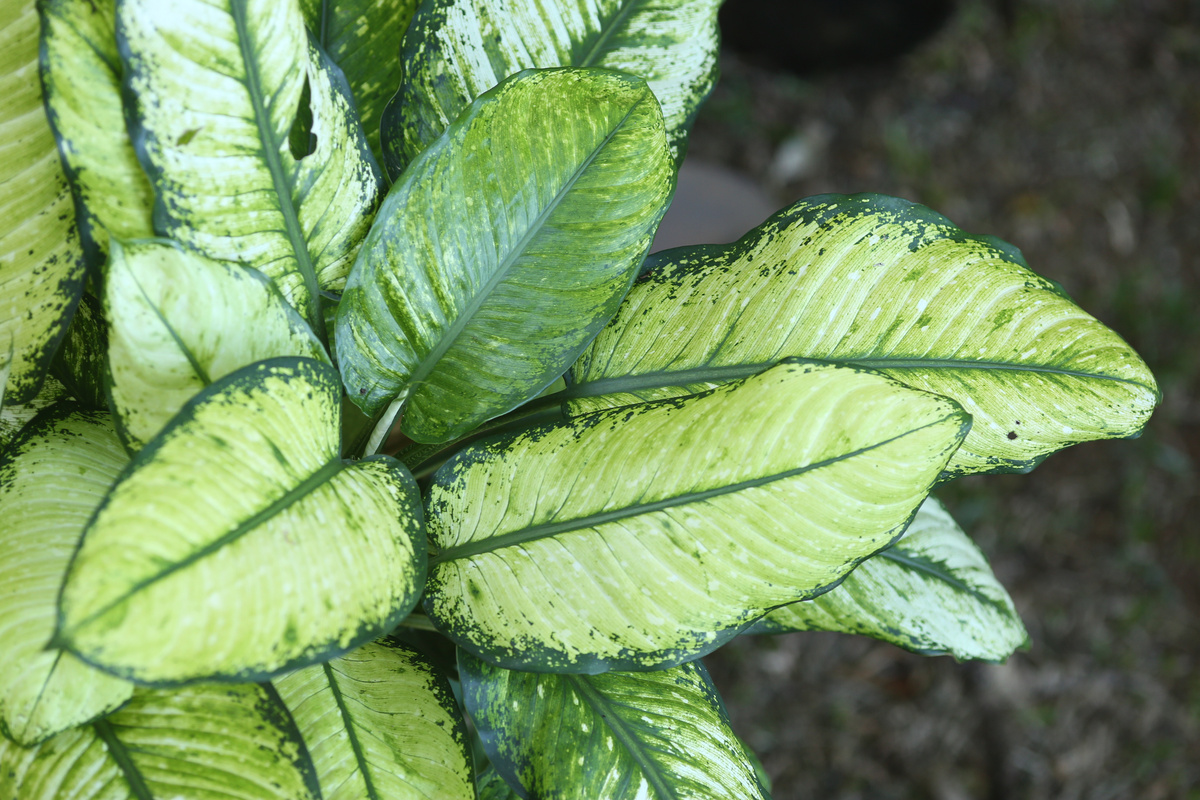
According to Feng Shui all plants can be used, but there are some species that activate different areas of life and, when well applied with the technique, tend to bring fluidity, protection, and good energies. The main plants used in this practice are usually hardy and easy to grow.
However, in case you don't have time or knowledge to grow live plants, artificial plants can be used, as long as you add a stone or crystal to balance the energies. Ideally, they should be avoided, but it can be a good option to bring beauty and a sense of well-being to the place.
We hope that this article has clarified the basics of Feng Shui and helped you to choose the right plants that will bring protection to your home, as well as, of course, composing the decoration with other amulets also mentioned here to raise the vibrations of all the rooms even more.

